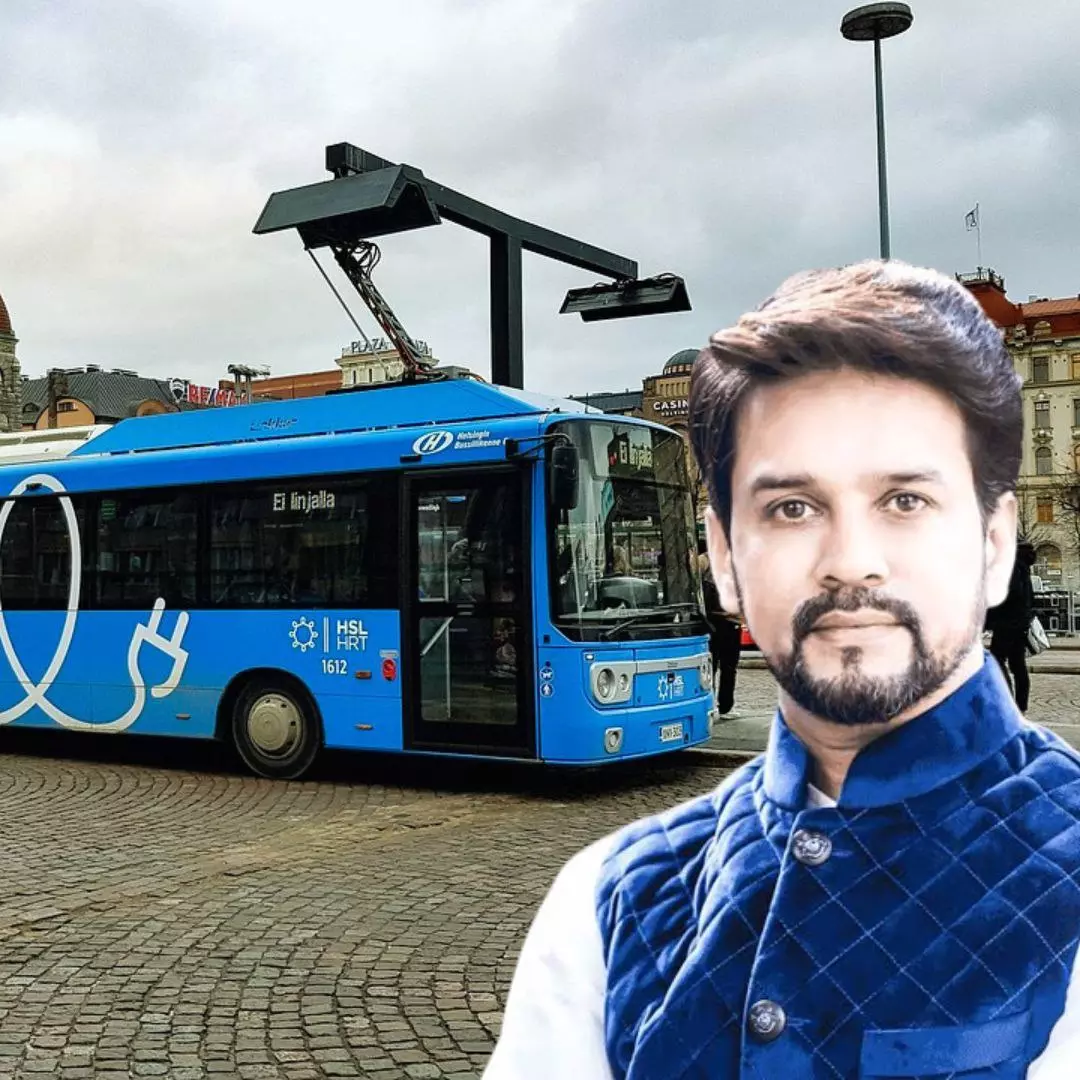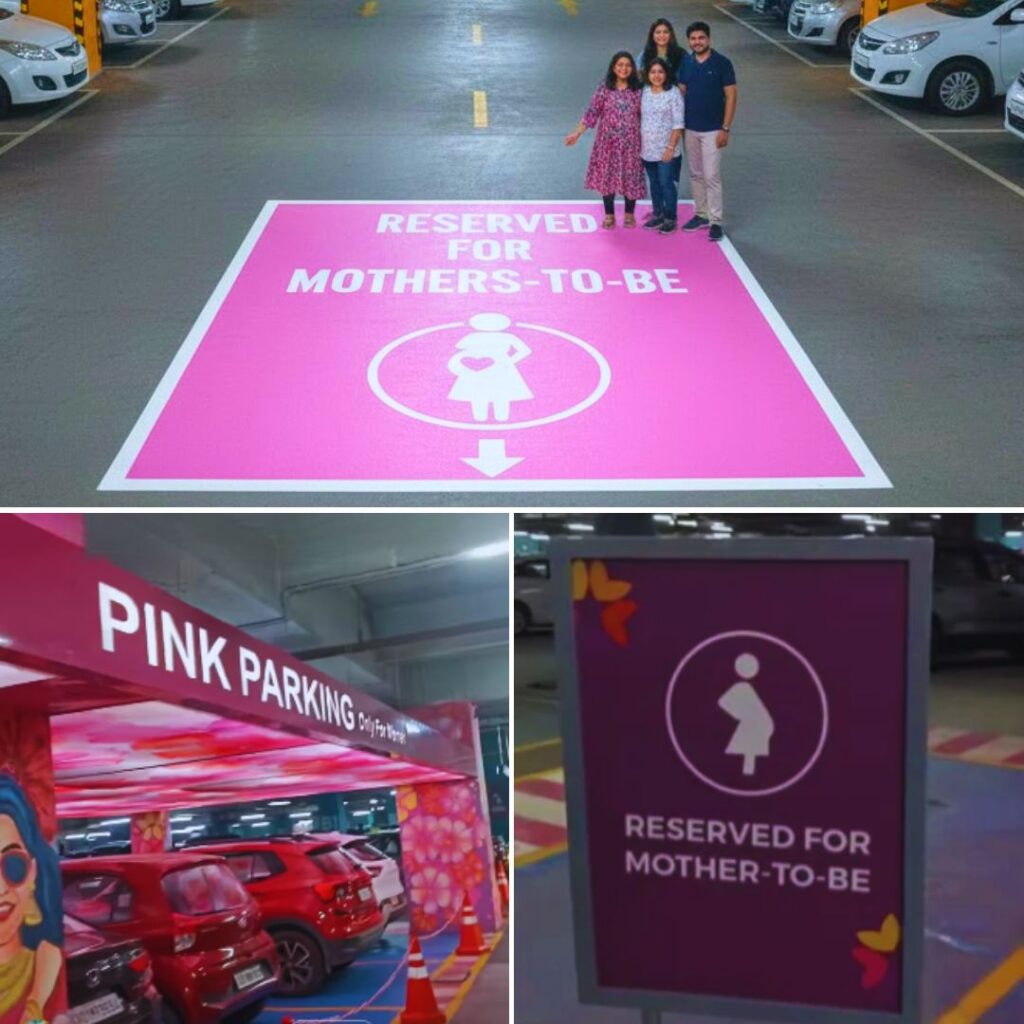The Union Cabinet has approved the ‘PM-eBus Sewa’ scheme aimed at enhancing green mobility in India. Under this scheme, 10,000 electric buses will be provided to 169 cities across the country through a public-private partnership (PPP) model. The scheme is expected to cost around ₹57,613 crore, with ₹20,000 crore being provided by the central government and the rest to be borne by the states. The deployment of electric buses will prioritize cities without organized bus services, and the initiative will continue until 2037.
The scheme includes two segments: augmenting city bus services in 169 cities and promoting green urban mobility initiatives in 181 cities. The e-buses will be made available in cities with a population ranging from 5 lakhs to 40 lakhs. The operation and maintenance of the buses will be carried out under the PPP model, and central assistance will be provided for the scheme.
The government aims to replace old buses in cities, and the number of buses provided will vary based on the city’s population. The Union Housing and Urban Affairs Ministry stated that cities will be responsible for running the bus services and making payments to the bus operators, while the central government will offer subsidies as specified in the scheme.
Promoting Electric Mobility
This initiative is part of the government’s efforts to promote sustainable and eco-friendly transportation solutions, contributing to the reduction of air pollution and greenhouse gas emissions. While presenting the Union Budget 2021-22, Finance Minister Nirmala Sitharaman had announced a ₹ 18,000 crore scheme to augment public transport in urban areas, reported NDTV.
The ‘PM-eBus Sewa’ scheme not only aims to promote electric mobility but also supports the development of the necessary power infrastructure. The scheme intends to accelerate the adoption of energy-efficient electric buses and stimulate innovation in the e-mobility sector. The deployment of electric buses will also contribute to the development of a resilient supply chain for electric vehicles.
The scheme will cover cities with a population of 3 lakh and above, based on the 2011 Census, including all the capital cities of union territories, northeastern regions, and hill states. It is expected that the scheme will generate between 45,000 to 55,000 direct jobs through the deployment of around 10,000 buses for city bus operations.
The scheme comprises two segments: augmenting city bus services in 169 cities and promoting green urban mobility initiatives in 181 cities. The associated infrastructure under the scheme will support the development or upgrade of depot infrastructure and the creation of behind-the-meter power infrastructure, such as substations for e-buses.
The second segment of the scheme focuses on green initiatives such as bus priority infrastructure, multi-modal interchange facilities, automated fare collection systems based on the National Common Mobility Card (NCMC), and charging infrastructure for electric buses.
Overall, the ‘PM-eBus Sewa’ scheme is designed to drive the adoption of electric buses, improve urban mobility, reduce air pollution, and contribute to the sustainable development of transportation infrastructure in Indian cities.
Auto- Market In India
India’s auto market surpassed Japan’s in terms of new vehicle sales in the previous year, making it the third-largest auto market globally for the first time. Preliminary data suggests that India sold at least 4.25 million new vehicles in the year, overtaking Japan’s 4.2 million sales, as per a report in The Print.
From January to November 2022, approximately 4.13 million new vehicles were delivered in India, and with December’s sales figures included, the total reaches around 4.25 million units. The upcoming release of fourth-quarter sales figures for commercial vehicles and year-end results from automakers like Tata Motors is expected to further increase India’s sales volume. In 2021, China led the global auto market with 26.27 million vehicles sold, followed by the US at 15.4 million vehicles, and Japan at 4.44 million units.
India’s auto market has experienced fluctuations in recent years due to factors like the credit crunch and the COVID-19 pandemic. However, a recovery was seen in 2021, with sales approaching 4 million units. The easing of the automotive chip shortage in 2022 contributed to further growth in the market.
Gasoline-powered vehicles, including hybrids, dominated new auto sales in India, while electric vehicles had a limited presence. Indian vehicles typically have fewer semiconductors compared to those sold in advanced economies.
With a population of 1.4 billion people, India’s auto market has the potential for continued growth, fueled by rising incomes and increasing urbanization.
Also Read: Global Water Scarcity: 25 Countries Face Extreme Water Stress. Numbers Expected To Rise By 2050
https://thelogicalindian.com/h-upload/2023/08/17/500x300_232889-photo2023-08-1717-21-53.webp
Trending
2023-08-17 11:54:43.0
Cabinet Approves 10,000 E-Buses In 169 Cities Under ‘PM-eBus Sewa’










